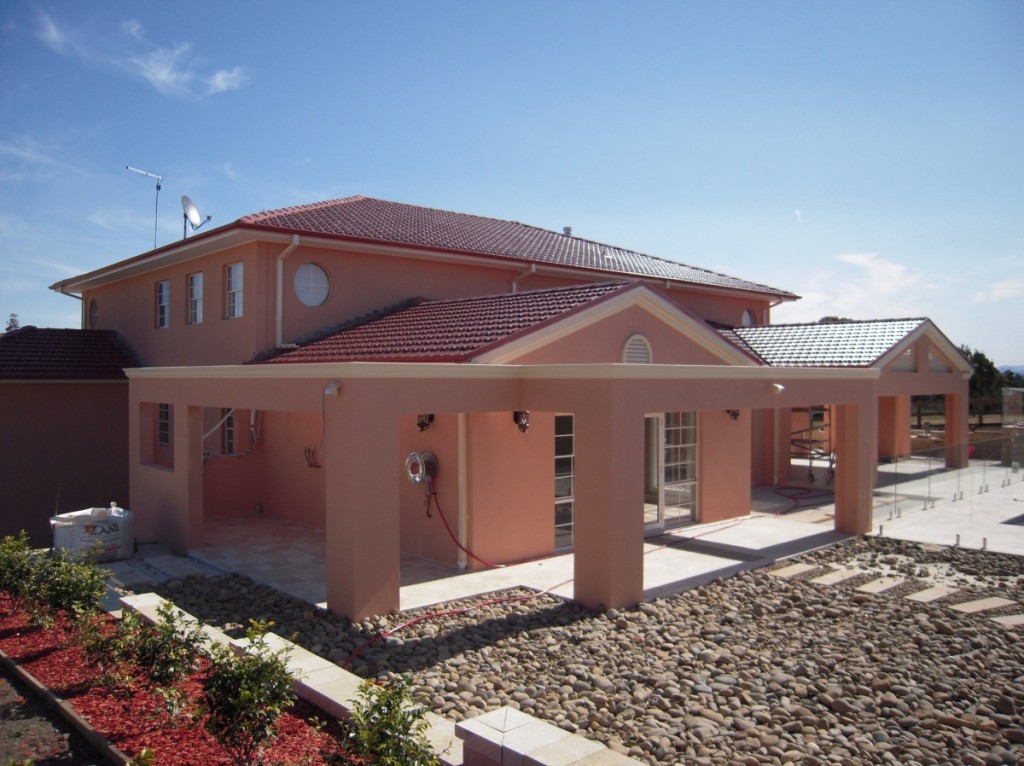
Introduction
Sydney, a city known for its iconic skyline and vibrant culture, is rich in historical architecture. From the Victorian terraces of Paddington to the art deco buildings of the CBD, heritage restoration in Sydney is not just a trend but a commitment to preserving the unique character of this Australian metropolis. However, embarking on a heritage renovation project is a complex task that requires careful planning, attention to detail, and a profound respect for the original structure. In this blog, we will explore the challenges of heritage restoration and provide expert tips to help homeowners and builders navigate these intricate processes effectively.
Understanding the Importance of Heritage Restoration
Heritage restoration is essential for several reasons, including maintaining a building's cultural significance, retaining the aesthetic value of neighbourhoods, and contributing to the local economy through tourism. Buildings with historical significance often tell a community's story, and restoring them helps preserve this narrative for future generations. In Sydney, the local government has recognised this importance and has put measures in place to encourage preservation efforts, making it easier for homeowners to undertake heritage renovations.
One of the first obstacles to consider is the regulatory framework surrounding heritage buildings. In Sydney, strict local and state laws govern the heritage restoration process. Before beginning any renovations, it’s crucial to understand the guidelines set by the Heritage Council of NSW and obtain the necessary approvals. This can often be lengthy and tedious, as various assessments may be required to ensure compliance with heritage standards.
Another significant challenge is dealing with the structural integrity of older buildings. Many heritage sites may have underlying issues that are not visible at first glance, such as rotting timber, crumbling stones, or outdated electrical systems. Engaging a qualified structural engineer or heritage consultant to conduct a thorough inspection can help identify these problems early, saving time and money in the long run.
Common Challenges in Heritage Restoration
Regulatory Hurdles
Structural Issues
Expert Tips for Successful Heritage Renovation
Plan Thoroughly
Effective planning is the cornerstone of any successful restoration project. Create a detailed restoration plan that outlines your goals, budget, and timeline. This plan should also include the specific elements of the building you wish to preserve and any modern updates you intend to incorporate.
Use Authentic Materials
Authentic materials that match the original construction are paramount when undertaking heritage renovations. This maintains the building's aesthetic and ensures that any repairs will last longer—source materials from reputable suppliers specialising in historical restoration to ensure quality and authenticity.
Consult Experts
Don’t hesitate to contact professionals with experience in heritage restoration. Architects, builders, and craftsmen who have worked on similar projects can provide invaluable insights and advice. Collaborating with specialists will help you avoid common pitfalls and ensure your renovation aligns with best practices for heritage conservation.
Embrace Modern Techniques
While maintaining a building's original character is essential, don’t hesitate to incorporate modern techniques to enhance sustainability and comfort. Innovations like improved insulation or energy-efficient windows can be integrated without compromising the building's heritage value.
The Role of Community Engagement
Engaging with the local community can also be crucial to the success of your restoration project. Hosting community meetings or consultations can help you understand local sentiments and receive valuable feedback. This engagement fosters a sense of ownership among residents, which can lead to more significant support for your project.

Conclusion
Restoring a heritage building in Sydney is a rewarding yet challenging endeavour. With careful planning, a focus on authentic materials, and the guidance of experienced professionals, you can successfully navigate the complexities of heritage restoration. Preserving the Past: Heritage Restoration Builders in Sydney bring the expertise to balance historical authenticity with modern functionality. As you embark on your journey, remember that every renovation contributes to preserving the city's rich history and enhances its cultural landscape for future generations to appreciate. By prioritising these principles, you can ensure that your restoration project will stand the test of time and continue to tell the story of Sydney's architectural heritage.
FAQs
- What is the first step in a heritage restoration project in Sydney? The first step is to understand the regulatory framework and obtain the necessary approvals from local authorities, including the Heritage Council of NSW.
- How can I find qualified professionals for my restoration project? Look for architects, builders, and craftsmen who specialise in heritage restoration. Check local directories and consult with heritage organisations for recommendations.
- Are there grants available for heritage renovations in Sydney? Yes, various grants and funding options are available for heritage restoration projects. It's advisable to check with the local council and heritage organisations for opportunities.
- Can modern materials be used in heritage renovations? While using authentic materials is essential, modern techniques and materials can be incorporated if they do not compromise the building’s heritage value.
- What are some common issues found in heritage buildings? Common issues include structural problems such as rotting timber, outdated electrical systems, and deteriorating facades. A thorough inspection by a qualified professional can help identify these issues.
- How does community engagement impact heritage restoration projects? Engaging with the community fosters support and provides valuable feedback. This ensures that the project aligns with local sentiments and enhances community ownership of the heritage site.
Contact Us
